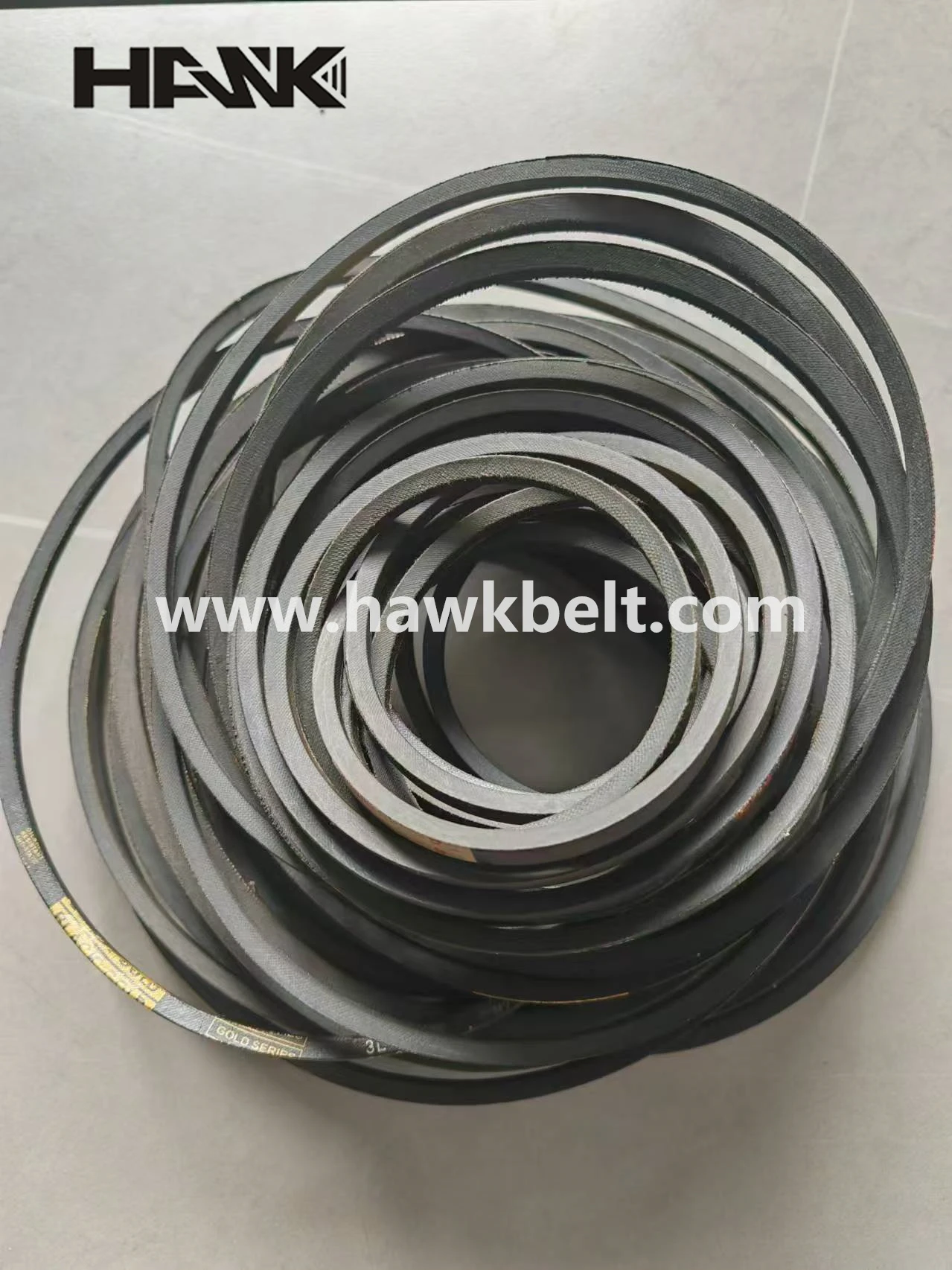- Arabic
- French
- Russian
- Spanish
- Portuguese
- Turkish
- Armenian
- English
- Albanian
- Amharic
- Azerbaijani
- Basque
- Belarusian
- Bengali
- Bosnian
- Bulgarian
- Catalan
- Cebuano
- Corsican
- Croatian
- Czech
- Danish
- Dutch
- Afrikaans
- Esperanto
- Estonian
- Finnish
- Frisian
- Galician
- Georgian
- German
- Greek
- Gujarati
- Haitian Creole
- hausa
- hawaiian
- Hebrew
- Hindi
- Miao
- Hungarian
- Icelandic
- igbo
- Indonesian
- irish
- Italian
- Japanese
- Javanese
- Kannada
- kazakh
- Khmer
- Rwandese
- Korean
- Kurdish
- Kyrgyz
- Lao
- Latin
- Latvian
- Lithuanian
- Luxembourgish
- Macedonian
- Malgashi
- Malay
- Malayalam
- Maltese
- Maori
- Marathi
- Mongolian
- Myanmar
- Nepali
- Norwegian
- Norwegian
- Occitan
- Pashto
- Persian
- Polish
- Punjabi
- Romanian
- Samoan
- Scottish Gaelic
- Serbian
- Sesotho
- Shona
- Sindhi
- Sinhala
- Slovak
- Slovenian
- Somali
- Sundanese
- Swahili
- Swedish
- Tagalog
- Tajik
- Tamil
- Tatar
- Telugu
- Thai
- Turkmen
- Ukrainian
- Urdu
- Uighur
- Uzbek
- Vietnamese
- Welsh
- Bantu
- Yiddish
- Yoruba
- Zulu
ნოე . 19, 2024 23:29 Back to list
timing belt set
Understanding Timing Belt Sets Importance, Function, and Maintenance
A timing belt set is a crucial component in the engine of an automobile, playing a vital role in ensuring that various engine parts operate in sync. It is an essential aspect of internal combustion engines, particularly in vehicles that utilize a timing belt rather than a timing chain. This article delves into the importance, function, and maintenance of timing belt sets, emphasizing why they should not be overlooked by car owners.
What is a Timing Belt Set?
A timing belt set typically includes the timing belt, tensioner, and sometimes idler pulleys. The timing belt itself is a durable rubber belt with teeth that meshes with the gears of the crankshaft and camshaft. The timing belt set is specifically engineered to ensure that the rotation of the camshaft and crankshaft occur at the precise intervals required for optimal engine performance. When the engine runs, the timing belt rotates the camshaft, which opens and closes the engine’s valves in conjunction with the crankshaft’s movement.
Importance of the Timing Belt Set
One of the primary functions of the timing belt set is to keep the engine's moving parts synchronized. If the timing belt fails or becomes misaligned, it can lead to catastrophic engine damage. For instance, in interference engines, a broken timing belt can cause the pistons to collide with open valves, resulting in bent valves, damaged pistons, and substantial repair costs.
Moreover, replacing a timing belt set at the recommended intervals can prevent unexpected breakdowns. Most manufacturers suggest changing the timing belt every 60,000 to 100,000 miles, depending on the vehicle model. Being proactive about this maintenance can save car owners from costly repairs and ensure the engine operates smoothly.
Signs of Timing Belt Wear
timing belt set

It is essential for vehicle owners to understand the signs of timing belt wear. Common indicators include a ticking noise from the engine, which may indicate that the timing belt is slipping; engine misfires due to inconsistent timing; and an illuminated check engine light, which can be triggered by faulty sensors or misalignment.
A visual inspection of the timing belt can also reveal signs of wear and tear. Cracks, fraying, or a shiny appearance on the belt's surface can all signal that it’s time for a replacement. It is advisable to consult with a professional mechanic if any of these symptoms are observed.
Maintenance and Replacement
Regular maintenance of the timing belt set is vital for the longevity of the engine. During routine check-ups, mechanics often inspect the timing belt and associated components for any signs of damage or wear. It is also prudent to replace the tensioner and idler pulleys when changing the timing belt, as these components are integral to the overall functioning of the belt system.
The process of replacing a timing belt set requires precision and care, as incorrect installation can lead to severe engine complications. Therefore, it’s recommended that car owners always seek the help of certified professionals for this task.
Conclusion
In conclusion, the timing belt set is an indispensable component of an automobile's engine, ensuring the proper synchronization of various parts for smooth operation. Regular maintenance and timely replacement of the timing belt can prevent significant engine damage and save car owners from costly repairs. By understanding the functions and signs of wear associated with timing belt sets, vehicle owners can take proactive steps to protect their investments and ensure longevity in their vehicles. Always consult your vehicle's owner manual and adhere to manufacturer recommendations to keep your engine running smoothly.
-
Buy Serpentine Belt Online – Affordable Prices & Durable Quality
NewsJul.26,2025
-
High-Performance Metric Variable Speed Belts for Industrial Use
NewsJul.25,2025
-
High-Quality Endless Flat Drive Belt for Precision Power Transmission
NewsJul.24,2025
-
High-Performance Serpentine Belt for Car Engines – Durable & Reliable
NewsJul.23,2025
-
High Efficiency V Belt Drive with Double & Toothed Options for Industry
NewsJul.22,2025
-
Affordable Fan Belt Cost - Compare Prices & Save | Auto Parts Deals
NewsJul.22,2025

